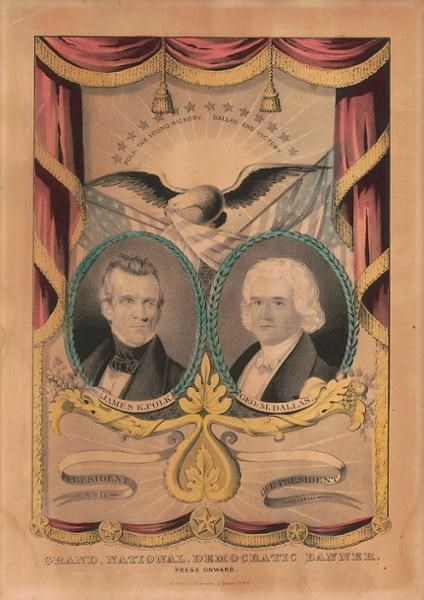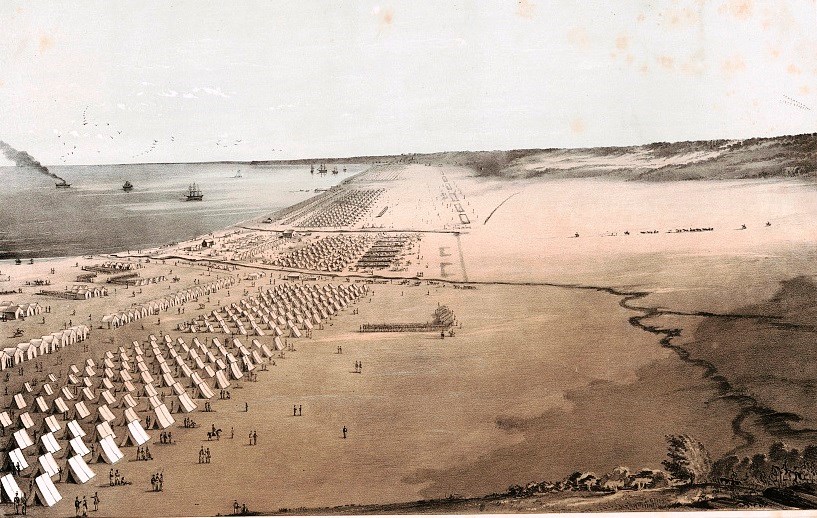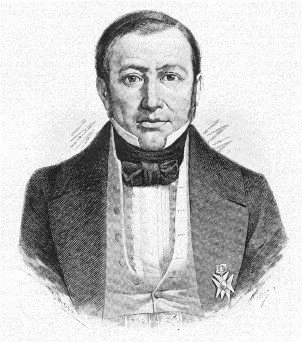
Library of Congress (no known restrictions) The 28th StarIn the spring of 1846, disputes over the ownership and boundaries of Texas pushed the U.S. and Mexico towards war. On December 29, 1845, President James K. Polk fulfilled a long-standing campaign promise by welcoming the former Republic of Texas into the Union. But Mexicans insisted Texas was rightfully part of their country. Although Texans had claimed independence from Mexico in 1836, Mexican leaders never recognized Texas sovereignty. The Mexican government still held faint hopes of regaining control of their rebellious state. They denounced U.S. annexation of Texas as an act of aggression against Mexico. Boundary QuestionsTensions intensified when President Polk announced the Rio Grande formed the southern boundary of Texas. While Texans maintained this river as their boundary, Mexico mapped Texas as a much smaller region bordered in part by the Nueces River. The differing views on the boundary left in dispute a huge stretch of land between the two rivers. 
Library of Congress (no known restrictions) Tensions MountThe advance of U.S. troops and Polk's new demand that Mexico sell its New Mexico and California territories infuriated Mexican President Joaquin Herrera. President Herrera refused to meet with the American envoy when he arrived but his willingness to allow him into the country brought about his ruin. In December of 1845, General Mariano Paredes y Arrillaga overthrew Herrera and installed himself as President. The new president vowed to discuss nothing but the return of Texas. 
Rbraunwa (public domain) Show of ForceGeneral Paredes was not swayed by this show of force. He expelled the U.S. envoy from Mexico, declared his willingness to fight, and sent thousands of troops to the city of Matamoros. In April 1846, he appointed General Mariano Arista as the commander of this growing force. War is DeclaredMexican military leaders viewed U.S. occupation of the Rio Grande as an invasion of their territory and did not hesitate to cross the river. On April 25, 1846, Mexican troops overwhelmed a U.S. scout party on the north bank of the river, at Rancho de Carricitos. Word of this clash reached Washington D.C. on May 10. The news caused President Polk to announce Mexico had "spilled American blood upon the American territory". Polk demanded a response and on May 13, 1846, amid a spirit of nationalism, Congress complied and declared war. |
Last updated: May 18, 2023
